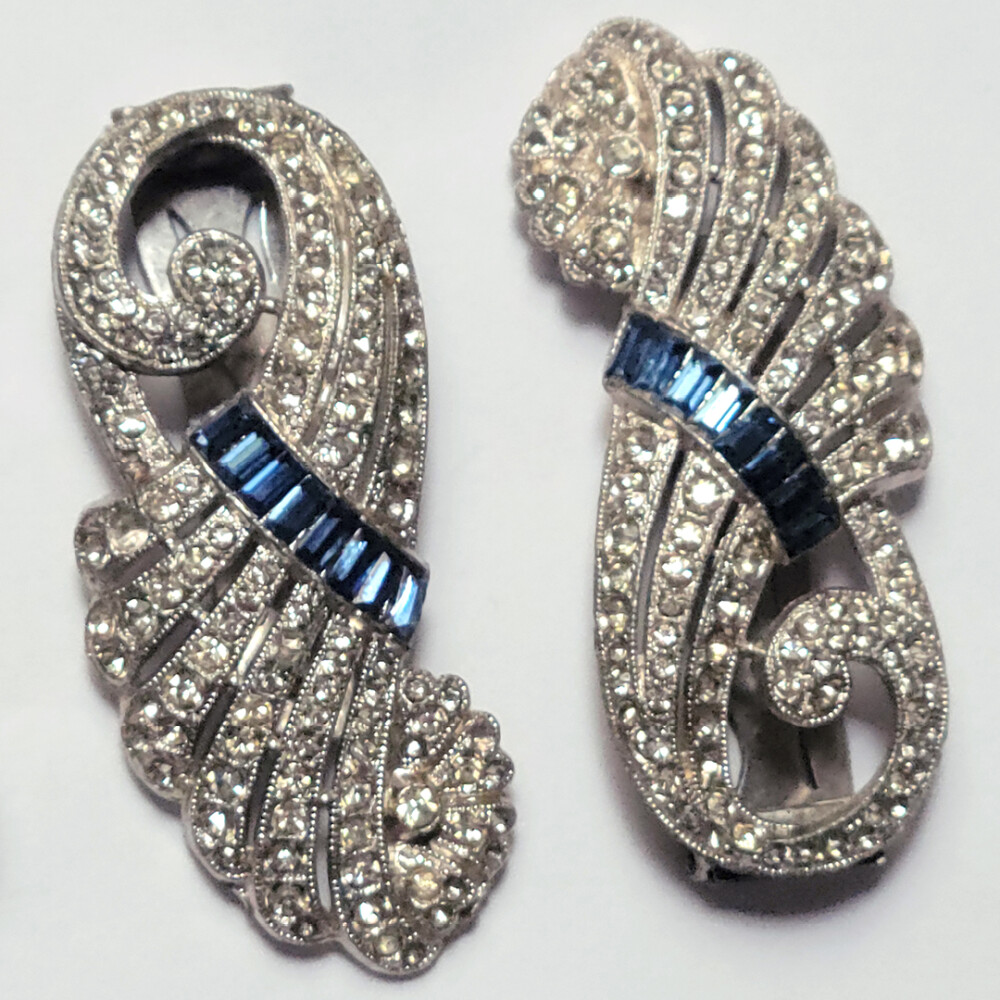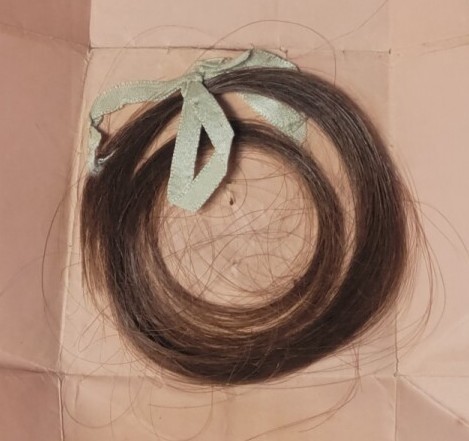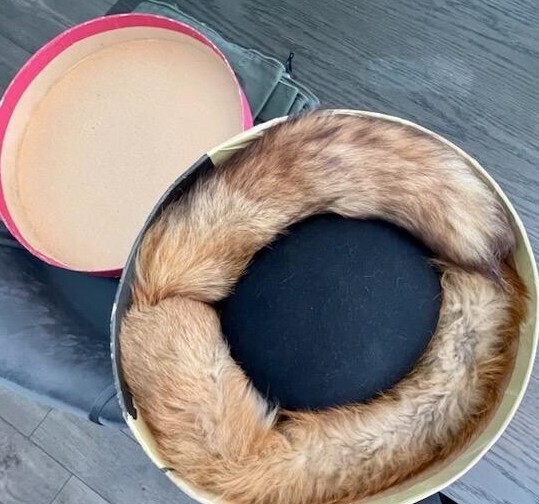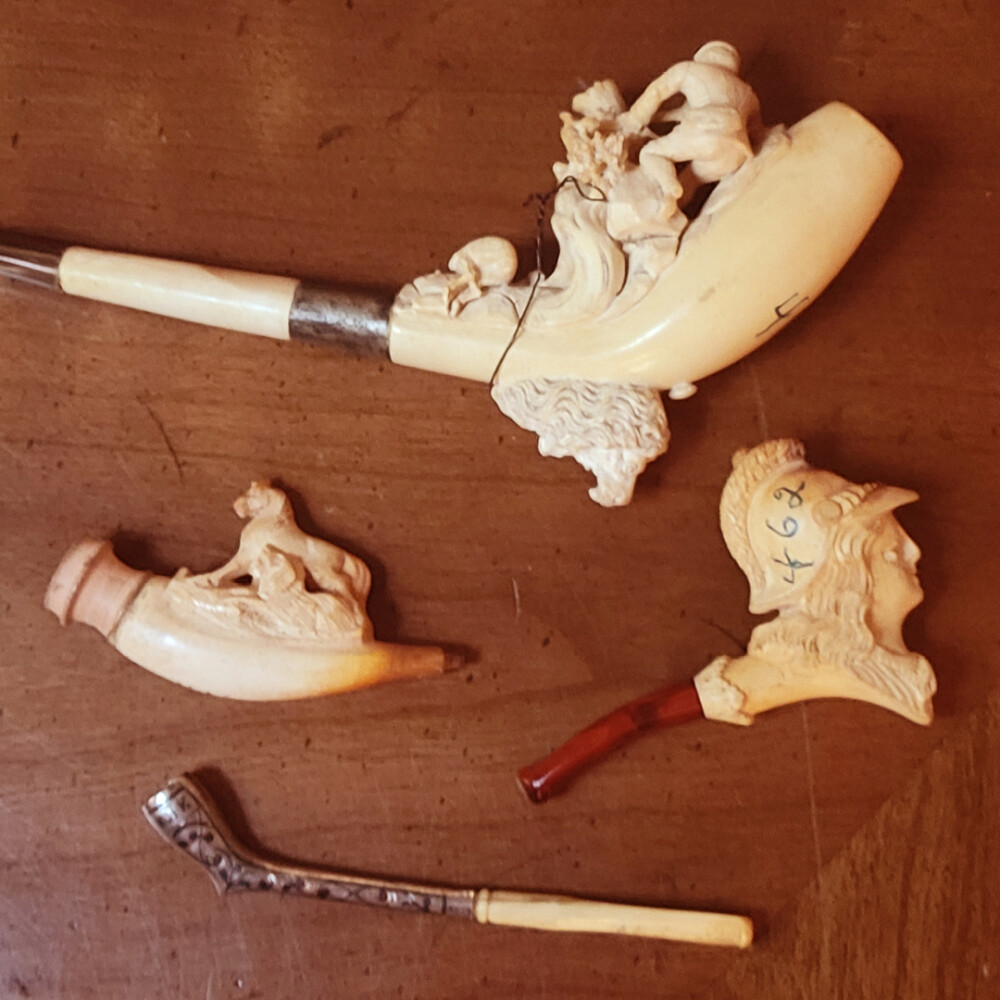Reading time: 6 minutes
Up until a few years ago, Rachel Donnelly, founder and CEO of AfterLight, and her family owned their old family home that had been in their family since 1890. Imagine the history those walls could tell! This home, in Eastern Tennessee, was where Rachel’s great-grandparents lived, where her grandmother was born, and where her mother was raised.
After Rachel’s mother died, the family made the difficult decision to sell this beloved turn-of-the-century Victorian home that was in Rachel’s words “slap full of absolutely everything from our family's life. China, silverware, crystal, knickknacks, handwritten letters, newspaper clippings, coin collections, and of course, countless pieces of big brown furniture. You name it, it was in this house.”
Buckle up, ladies and gents, we're going on a guilt trip.
Rachel and her sister grew up with the expectation that the items filling this family home would one day fill their own homes, including the big brown furniture. Their mother made them swear they'd never get rid of these items that, in her mind, were priceless and irreplaceable. So, for years, Rachel and her sister were on a never-ending guilt trip.
Fast forward, and the sisters’ homes have indeed become orphanages for the big brown furniture and knickknacks that their mother passed down. But guess what? Guilt be darned - the sisters are fed up! The time has come for them to unload the stuff of generations past to homes where families will cherish the pieces of their mother’s estate that simply do not fit with their own lifestyles.
We can all do better for the next generation.
What if we skip the proverbial guilt trip we create by unloading our stuff on our family, intentionally or not, and instead make a plan that will allow everyone to enjoy a trip down memory lane instead? At AfterLight, Rachel guides her clients down these planning paths every day. In honor of Make-A-Will Month this August, read on to learn some ins and outs that may help you on your way.
Ellen Goodwin: I imagine that based on that fun introduction to our conversation, people can easily picture you and your family in good ol’ southern U.S.A. And that’s really important context for our readers. Our family relationships as well as the types of ‘stuff’ we tend to collect and pass down as family heirlooms often differs by region.
Rachel Donnelly: Even though dealing with it was quite burdensome, I feel so fortunate to have had this family home as part of my childhood. This home was beloved by generations of my family and was full of so much history. The town in which the home was located was referred to as the "Utopia of Temperance," as it was a planned community where alcohol (aka the Devil's Drink) was strictly prohibited and any trace of liquor would lead to the property's confiscation by the city. Well, if walls could speak, they'd have tales to tell! I've always cherished the stories behind the various items in the house and what they symbolized in our heritage. My grandmother was an incredible cook and one of my prized possessions is her index box of recipes.
Goodwin: What is universal in life is loss. And you are at the very forefront of helping people in modern times get through the planning and after-loss realities. It’s complex! Please help our readers understand the “why” and “what” of AfterLight.
Donnelly: I like to say I received an immersive MDA (Master of Death Administration). After my own experiences with loss, including the death of my parents, and serving as the primary caregiver for and eventual executor of my uncle’s estate, I struggled to manage all the unavoidable administrative tasks that accompany aging, end-of-life, and after loss.
It can take over 500 hours of effort and 100+ tasks for an executor to settle an estate. And executors are expected to complete these tasks, which are for the most part ones they have never done before, all while trying to grieve, work, take care of their family and/or prioritize their mental health.
I searched for help with the tasks, paperwork and logistics in the weeks and months after my losses but struggled with where to turn. I experienced this struggle personally and noticed that there was a gap in the market of businesses meeting this need.
They say that need is the mother of invention, … At AfterLight, our goal is to provide overwhelmed executors with practical, personalized support. We’re on a mission to help the living deal with dying, fostering lighter hearts and lighter loads. AfterLight assists clients in managing the unavoidable administrative tasks associated with after loss and legacy planning. Whether you’re facing an unexpected loss or want to prepare your legacy so your family can grieve in peace and settle your affairs with ease, AfterLight is the answer to your overwhelm.
Goodwin: An interesting parallel between your work at AfterLight and the act of Artifcting is that both are about human behavior and habits. If we want better outcomes, we have to take steps proactively to do something about it, whatever the “it” is. What do you find are the one or two most challenging steps for people to take in terms of planning and preparedness?
Donnelly: In my opinion, the primary challenge is our discomfort with the fact that we know how this ends – i.e., that we’re all going to die someday. Therefore, many people avoid thinking about it or taking action, as though doing so might somehow become a self-fulfilling prophecy.
The second challenge is that organizing one's affairs can be overwhelmingly complex, because people don’t really understand how it works and therefore, it's easy to be unaware of all of the steps they need to take to not leave a flaming dumpster fire for their family. Along the same vein, legacy planning is often filled with misconceptions. I've come across various attitudes, from "My kids are smart, they'll figure it out," to "My estate isn't significant enough to warrant planning," or even "I'll be dead and won't care."
Goodwin: So, it is Make-a-Will month. Obviously, some people don’t even have wills (yet), while others simply need to update their wills. But there are also those of us who have wills that check the box only. Wills can and should do more to help people through grief by very intentionally addressing legacy, memories, and even anticipated points of … ahem, contention … among family members and other heirs. In your view, how can folks take a good, better, best approach to life preparedness this month?
Donnelly: I believe that approaching life preparedness with intentionality and strategy, rather than simply treating it as a checklist of documents, leads to a more comprehensive and meaningful end-result.
When working with our clients one-on-one, we take on the roles of accountability partner, coach, and organizer. Our aim is to help our clients to explore critical questions they may not have considered, procrastinated on, or underestimated the importance of. Some of these important questions include:
-
- If you do have estate planning documents (such as a will, trust, financial power of attorney, and advance directives for healthcare), does your family know how to access them? Where are these documents located?
- Have you shared the unlock codes for your phone and computer with a trusted contact?
- Are your beneficiaries correctly designated and up to date?
- Do your loved ones know your funeral wishes?
- Have you communicated with your family about who will inherit specific items of personal property and when? (Hello! Get going on Artifcts!)
- There’s no better solution to convey what everything is, what it means to you and your family, and WHY you are gifting it to the person you’ve chosen.)
- Does your family have a clear understanding of your debts and assets, including a comprehensive list?
@rbdonne is a "family keeper" for family heirlooms big and small.

By addressing these questions and actively engaging in the planning process, we can each achieve a more well-rounded and thoughtful approach to securing our legacies and ensuring our loved ones are better prepared for the future. And who knows, you might even have some fun in the process, especially if you share as you go via Artifcts.
______________
You may also enjoy these additional ARTIcles by Artifcts:
What Have You Done for Your Legacy Lately?
###
© 2023 Artifcts, Inc. All Rights Reserved.





























